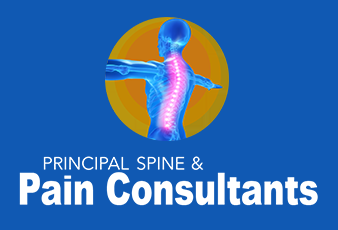
16 Jun How Spinal Cord Stimulators Work to Interrupt Pain Signals
Living with constant pain can make everyday life hard. You may try rest, medicine, or therapy, but sometimes these do not help enough. If you still struggle to sleep, work, or enjoy your hobbies because of nerve pain, a spinal cord stimulator (SCS) might be the answer. It uses gentle electrical pulses to block pain before it reaches your brain. Here’s how it works and who can benefit.
What Is a Spinal Cord Stimulator?
A spinal cord stimulator is a small device placed under your skin in the lower back. Thin leads (wires) from the device sit near your spinal cord. When turned on, the device sends mild electrical pulses to your spinal nerves. These pulses override pain signals heading to the brain, so you feel less pain.
How Is the Device Placed?
- Trial Period: First, your doctor places temporary leads under local anesthesia. You wear an external battery pack for about a week. This trial helps you see how well the stimulator reduces your pain.
- Permanent Implant: If the trial is successful, a small generator is implanted under your skin. The leads stay in place, and you control the device with a simple remote.
How It Interrupts Pain Signals
Your spinal cord carries messages between your body and brain. In chronic pain, damaged nerves send constant pain signals. The SCS sends short bursts of electricity that jam those pain messages. Instead of pain, you feel a mild tingling or buzzing. You can adjust the strength and pattern to match your comfort needs.
Who Can Benefit?
Spinal cord stimulators help people with:
- Failed back surgery syndrome, where pain persists after surgery
- Complex regional pain syndrome (CRPS)
- Severe nerve pain from spine conditions
- Pain that does not improve with other treatments
A pain specialist will review your case, perform imaging tests, and set up the trial to see if SCS is right for you.
What to Expect After Implant
Most people go home the same day. You can return to light activities within a week. Over the next month, your doctor will help you fine-tune the settings. Many patients report 50 to 70 percent pain relief, allowing them to walk farther, sleep better, and enjoy life more.
Learn More About Your Options
Spinal cord stimulation is one of several non-surgical treatments we offer. To explore other ways to manage pain, read our guide on Top 5 Non-Surgical Pain Relief Options and learn Signs You Need to See a Doctor for Back Pain.
Take the Next Step
You don’t have to live with unrelenting pain. If you think a spinal cord stimulator might help you, schedule a consultation today. Our team at Principal Spine will guide you through the trial and implant process and support you every step of the way.
Book your appointment now and find out if spinal cord stimulation is right for you.

